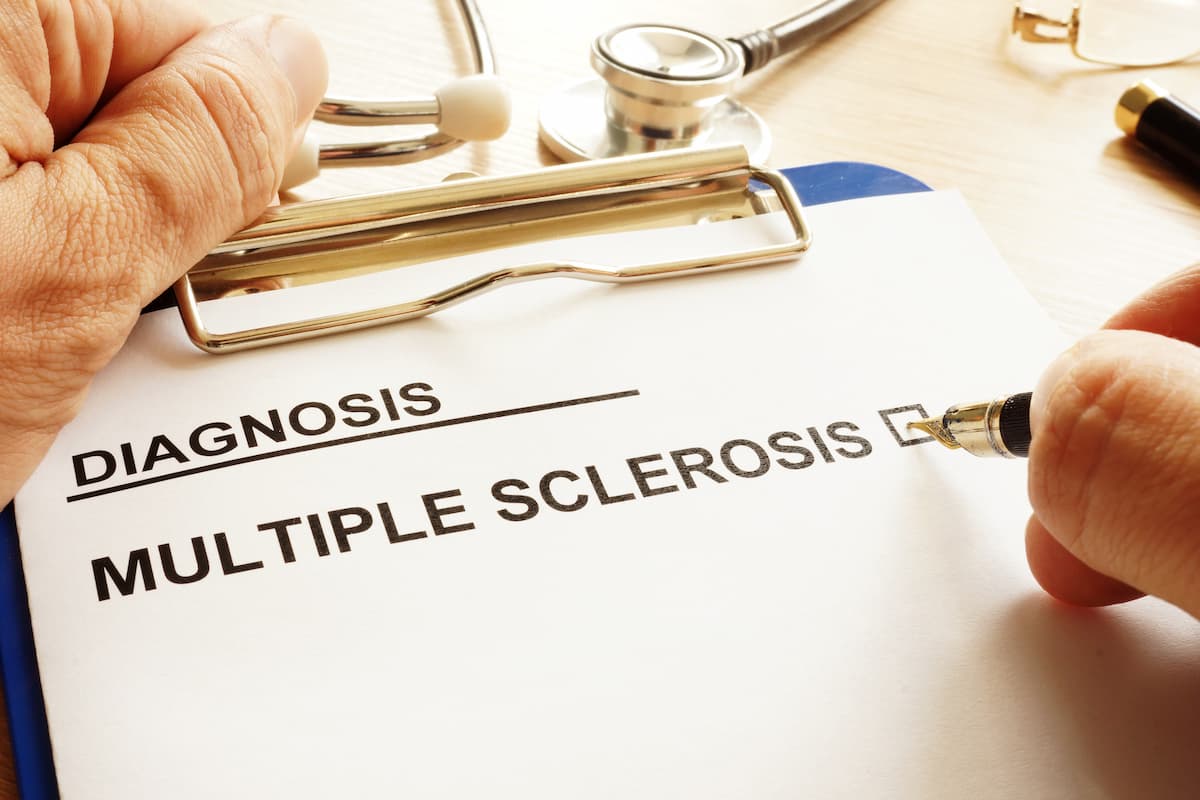Article
Studies Evaluate Effects of Secondary Progressive Multiple Sclerosis
Author(s):
Two recent studies presented at the 4th Congress of the European Academy of Neurology examined the different effects and aspects of progressive multiple sclerosis.
Two recent studies presented at the 4th Congress of the European Academy of Neurology examined the different effects and aspects of progressive multiple sclerosis (MS). One study aimed to investigate the contribution of the spinal cord area and brain volume to disability in people with secondary progressive MS (SP-MS), finding that the spinal cord area represents an increasing promise as a marker of disability.
The study was a randomized phase 2 clinical trial (MS-SMART), of which the patients underwent neurological assessments, such as brain and cervical cord magnetic resonance imaging (MRI). Specifically, the mean upper cervical-cord cross-sectional area (MUCCA), normalized brain volume (NBV), expanded disability status scale (EDSS), MS functional composite (MSFC), and Symbol Digit Modalities Test (SDMT), were measured. The researchers used the measurements and analyzed the associations of MRI variables with clinical scores.
A total of 60 patients were included in the study and the multivariable linear regression analyses of the neurological assessments shows that MUCCA and NBV were independently associated with EDSS. Also, MUCCA, not NBV, was associated with MSFC, while both MUCCA and NBV were independently associated with SDMT.
“MUCCA was the strongest predictor of EDSS, NBV the strongest predictor of SDMT, and MUCCA the only predictor of MSFC,” concluded the researchers. “Our findings demonstrate that spinal cord area shows increasing promise as a marker of disability in progressive disease.”
Another study evaluated the slowly evolving lesions (SELs) on MRI that have been identified in previous primary progressive MS (PP-MS) trials. The study included 79 SP-MS patients from the MS-SMART trial who underwent brain PD/T2, FLAIR, and MTR scans at baseline, 24, and 96 weeks. Also, manually delineated lesions showing Jacobian expansion were selected as the “candidates.” Final SELs were also chosen and the researchers calculated the baseline MTR values within the different lesion types and compared any changes from baseline to week 96.
Of the 4756 lesions screened, 1140 candidates were identified and 140 SELs (2.9%) were detected. Additionally, baseline MTR within SEL was lower compared to the non-SELs and noncandidates. The MTR decrease between baseline and week 96 within SELs was found to be significantly greater compared to non-SELs and to noncandidates. The researchers also found no significant differences in MTR change between non-SEL and noncandidates.
“We confirm that, as in PP-MS, there are lesions in SP-MS that can be classified as SELs. Given their more destructive signature on MTR, SELs are promising biomarkers of chronic plaque evolution in progressive MS,” concluded the study. “Future studies will investigate whether there is a relationship between the occurrence of SELs and clinical disability.”





